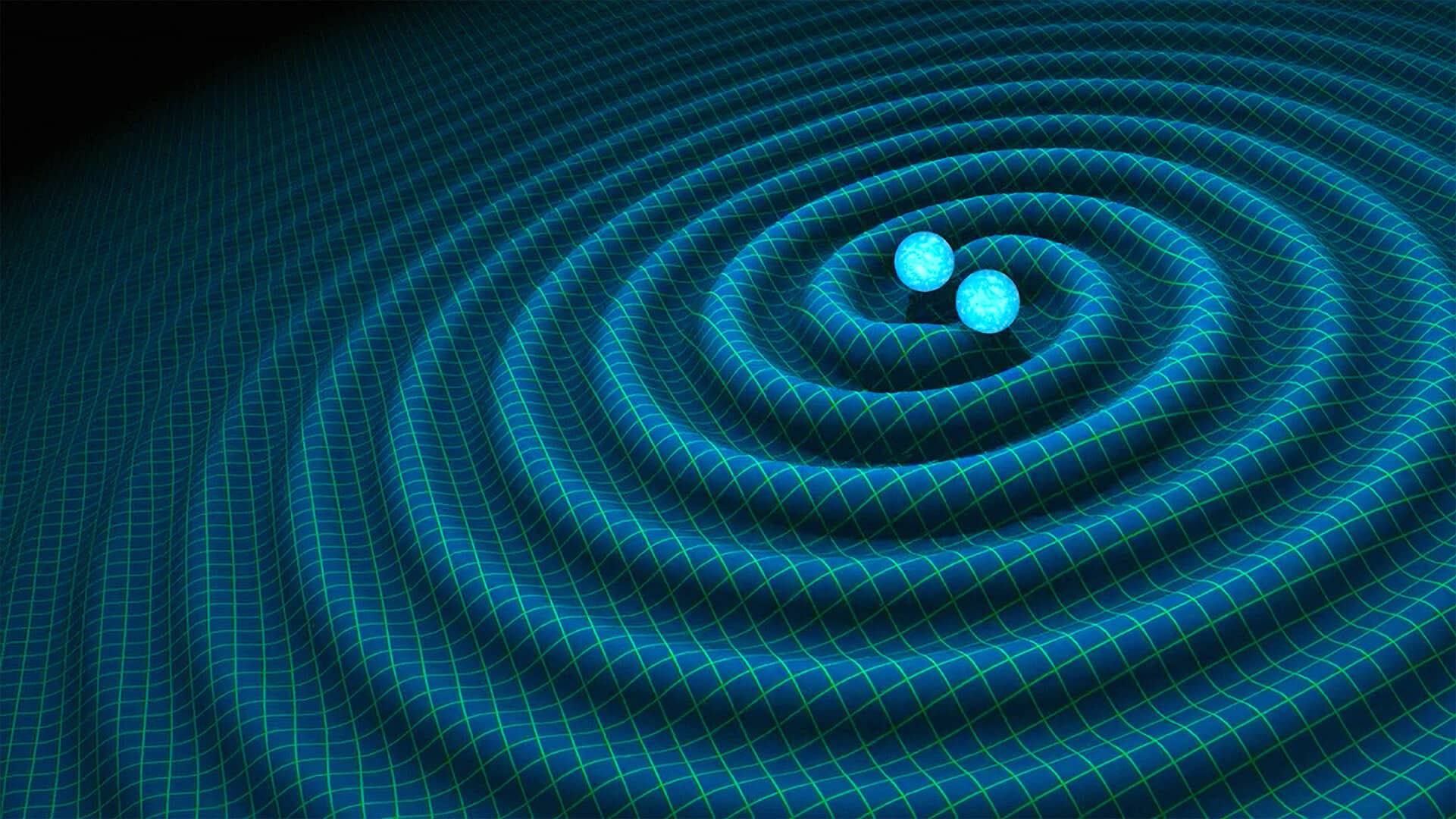
This new optical technology can help improve gravitational-wave detection
What's the story
A team of physicists from the University of California, led by Jonathan Richardson, has taken a major leap in the field of gravitational-wave detection. The group has successfully demonstrated an innovative optical technology that could potentially extend the detection range of observatories such as LIGO (Laser Interferometer Gravitational-Wave Observatory). This breakthrough is likely to pave the way for future observatories and our understanding of the universe.
Technological advancement
Enhancing LIGO's capabilities and future prospects
Since 2015, observatories such as LIGO have transformed our understanding of the universe. There are plans to upgrade the current 4km LIGO detectors and build a next-generation 40km observatory, dubbed Cosmic Explorer. These improvements would push gravitational-wave detection back to the earliest days of the universe, before stars were formed. But, these ambitious plans need laser power levels over 1MW — a feat LIGO can't do.
Breakthrough
Overcoming limitations with adaptive optics
The team's research introduces a new low-noise, high-resolution adaptive optics technique. This new method can correct distortions in LIGO's main 40kg mirrors from increased laser power due to heating. The instrument developed by Richardson's team is designed to provide precision optical corrections directly onto these mirrors, overcoming fundamental physics limitations and making the detector sensitive like never before.
Observatory impact
LIGO's role in gravitational-wave detection
LIGO, one of the world's largest scientific instruments, features two 4km-long laser interferometers in Washington State and outside Baton Rouge, Louisiana. The sites work in tandem to detect any distortions in spacetime that may pass through Earth as a gravitational wave. Till now, LIGO has detected around 200 events of stellar mass compact objects colliding and merging with each other - mostly black hole mergers but also neutron star mergers.
Cosmic exploration
The future of gravitational-wave detection
The US's next-generation gravitational-wave observatory, Cosmic Explorer, will be 10 times larger than LIGO. At their design sensitivity, these detectors will see universe at earlier times than when first stars are believed to have formed. This research has implications for our understanding of how fast the universe is expanding and the true nature of black holes. Richardson's team believes their tech is both necessary and sufficient to enable much higher levels of circulating laser power in LIGO detectors than before.